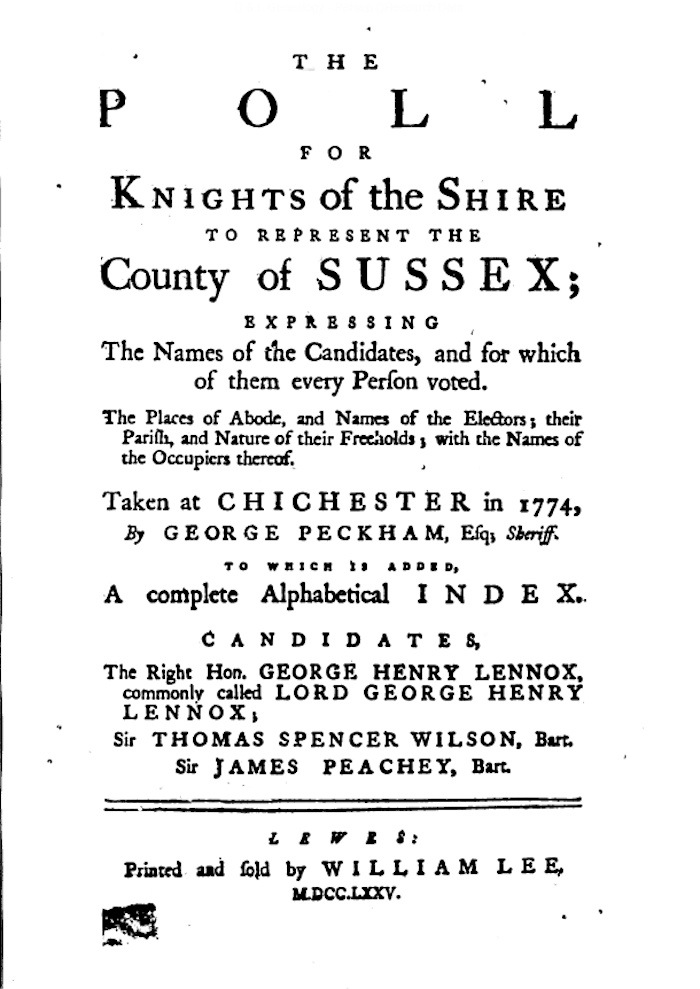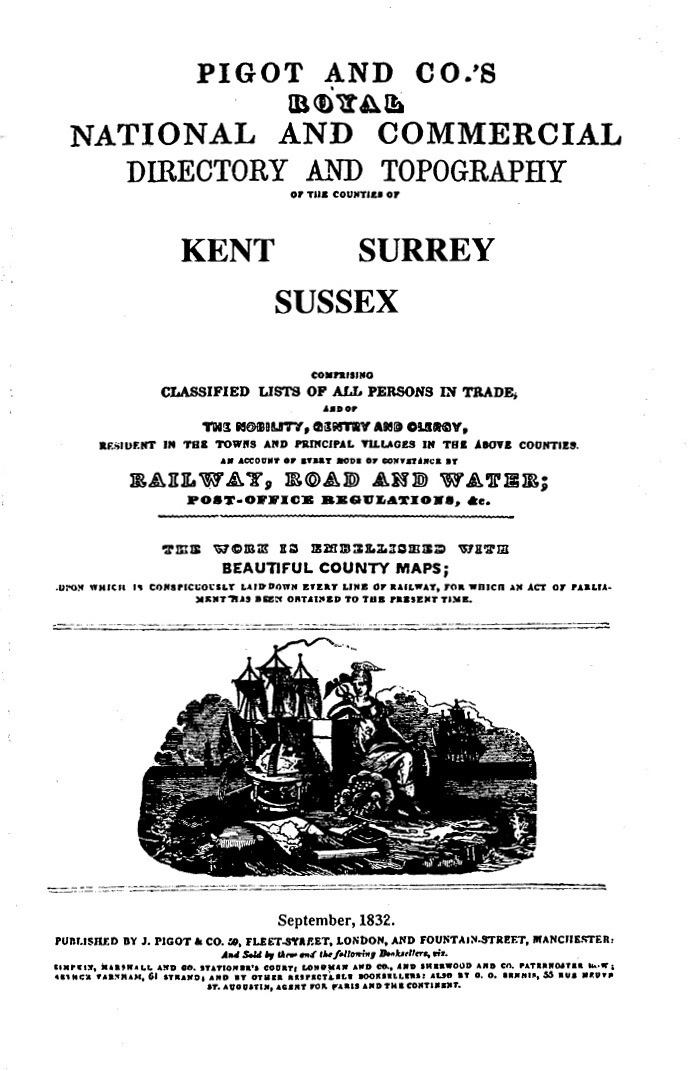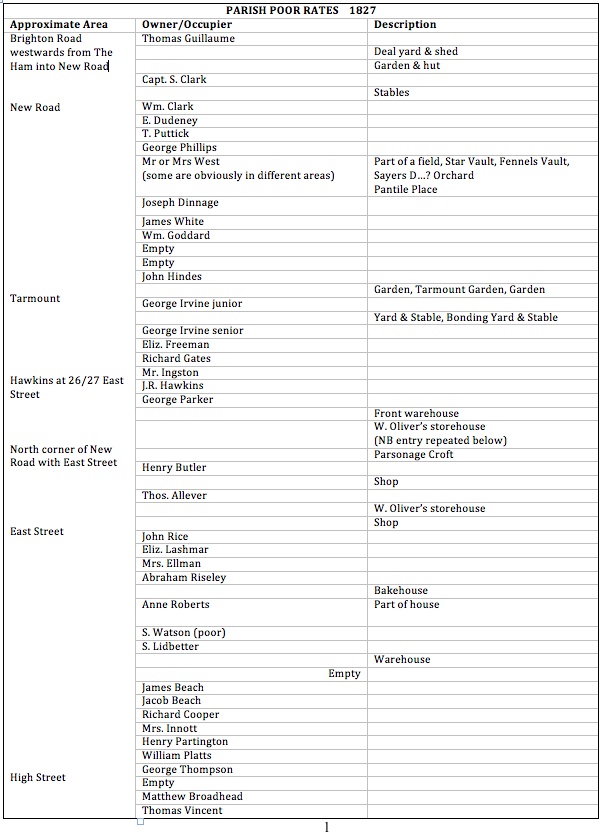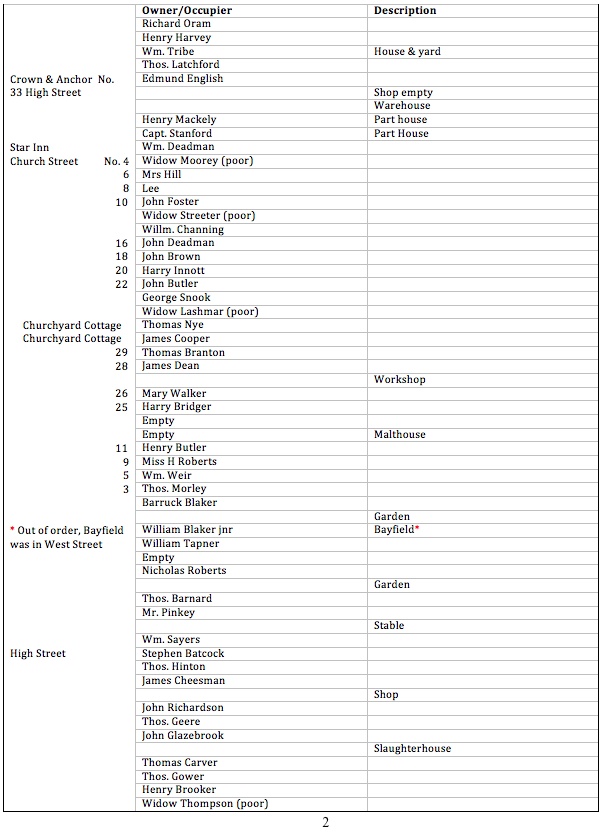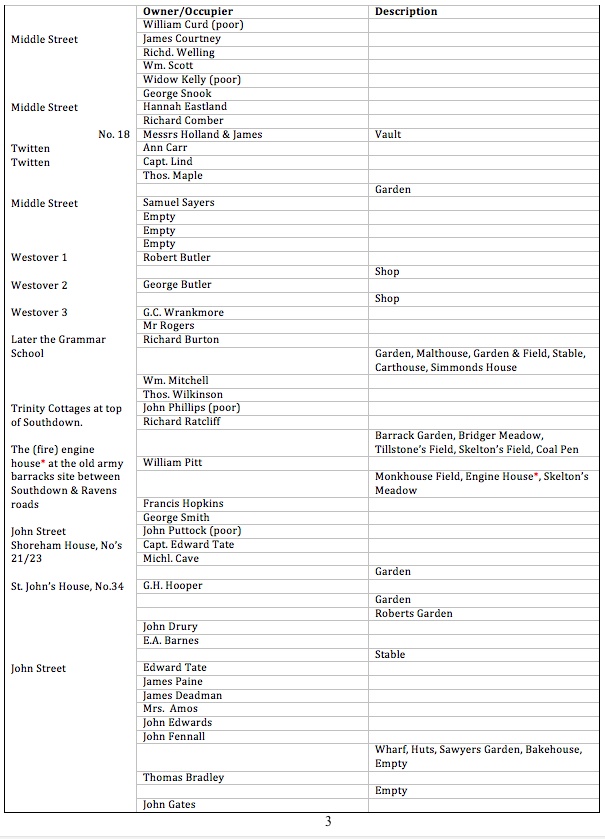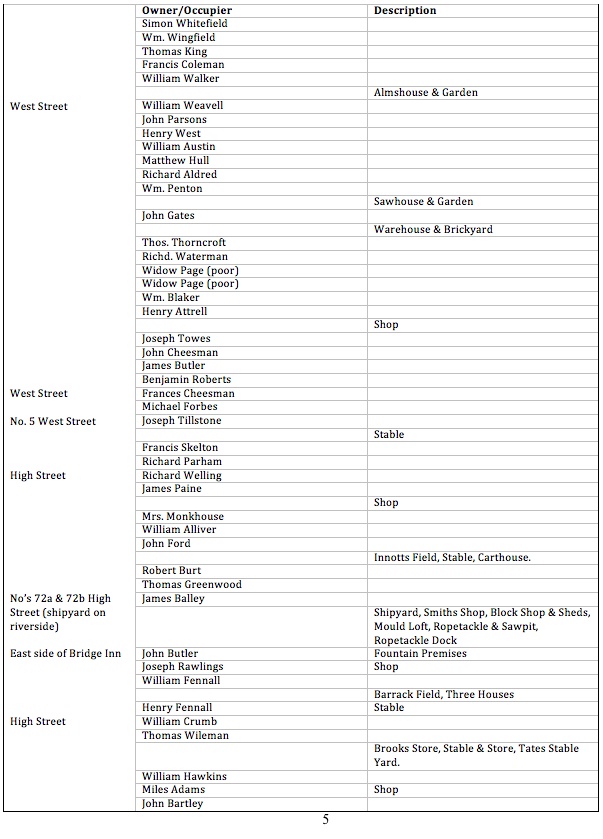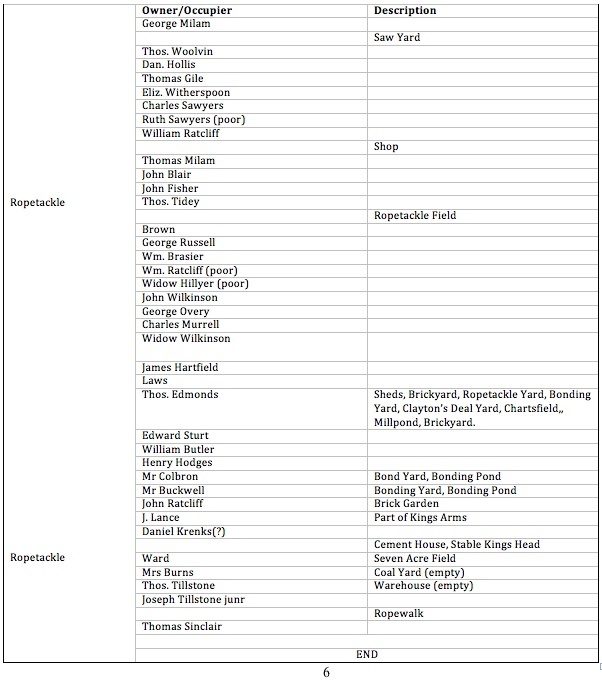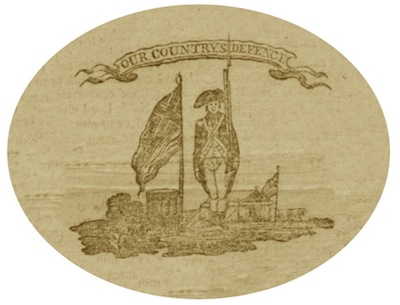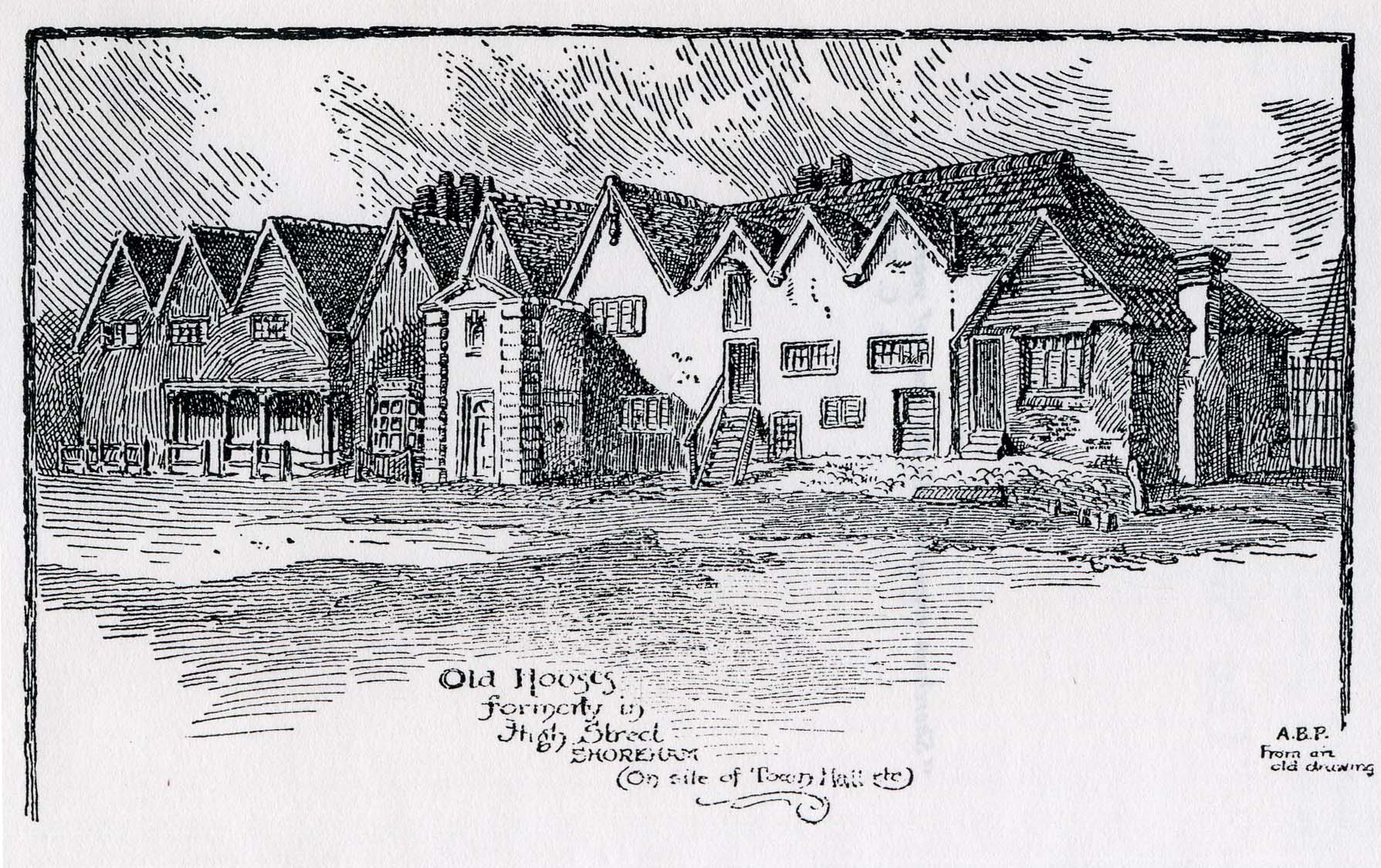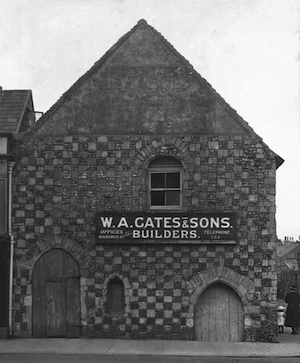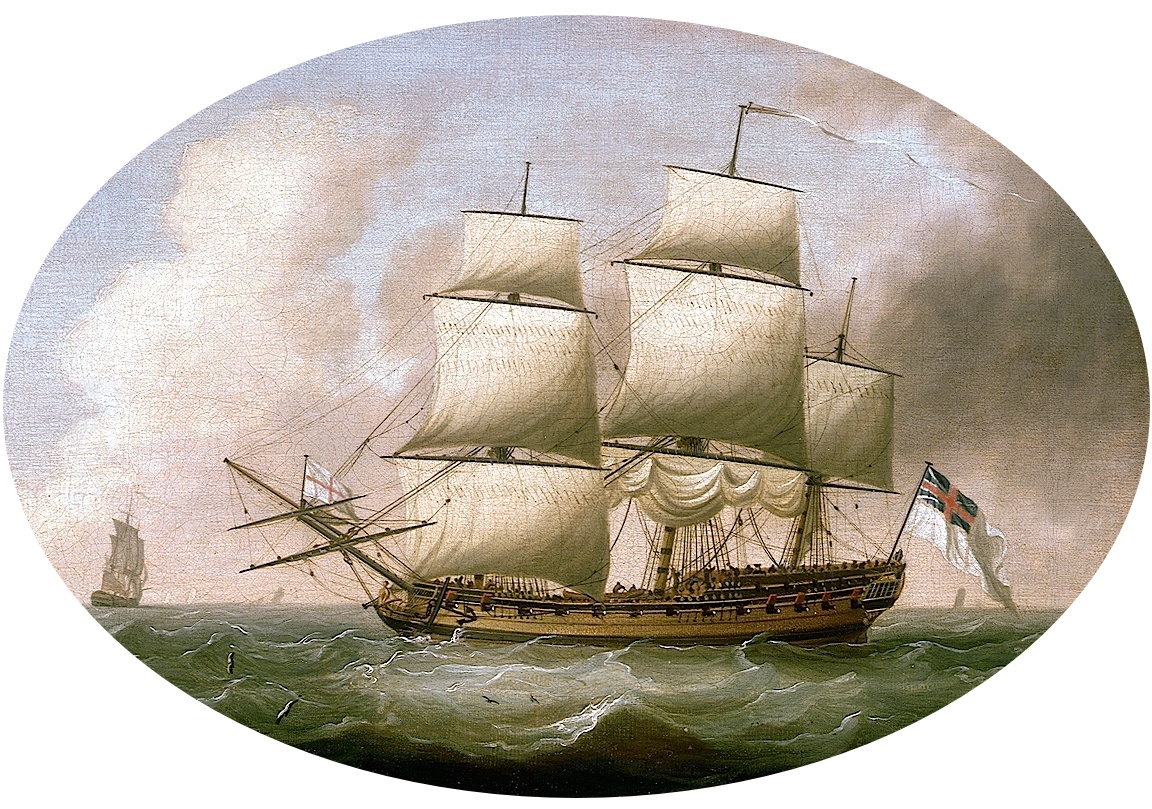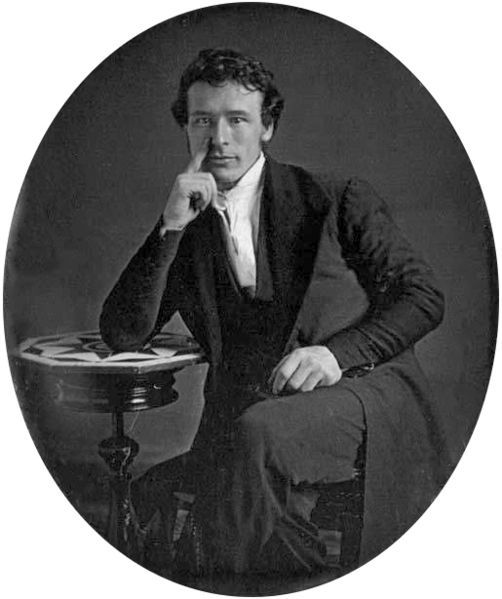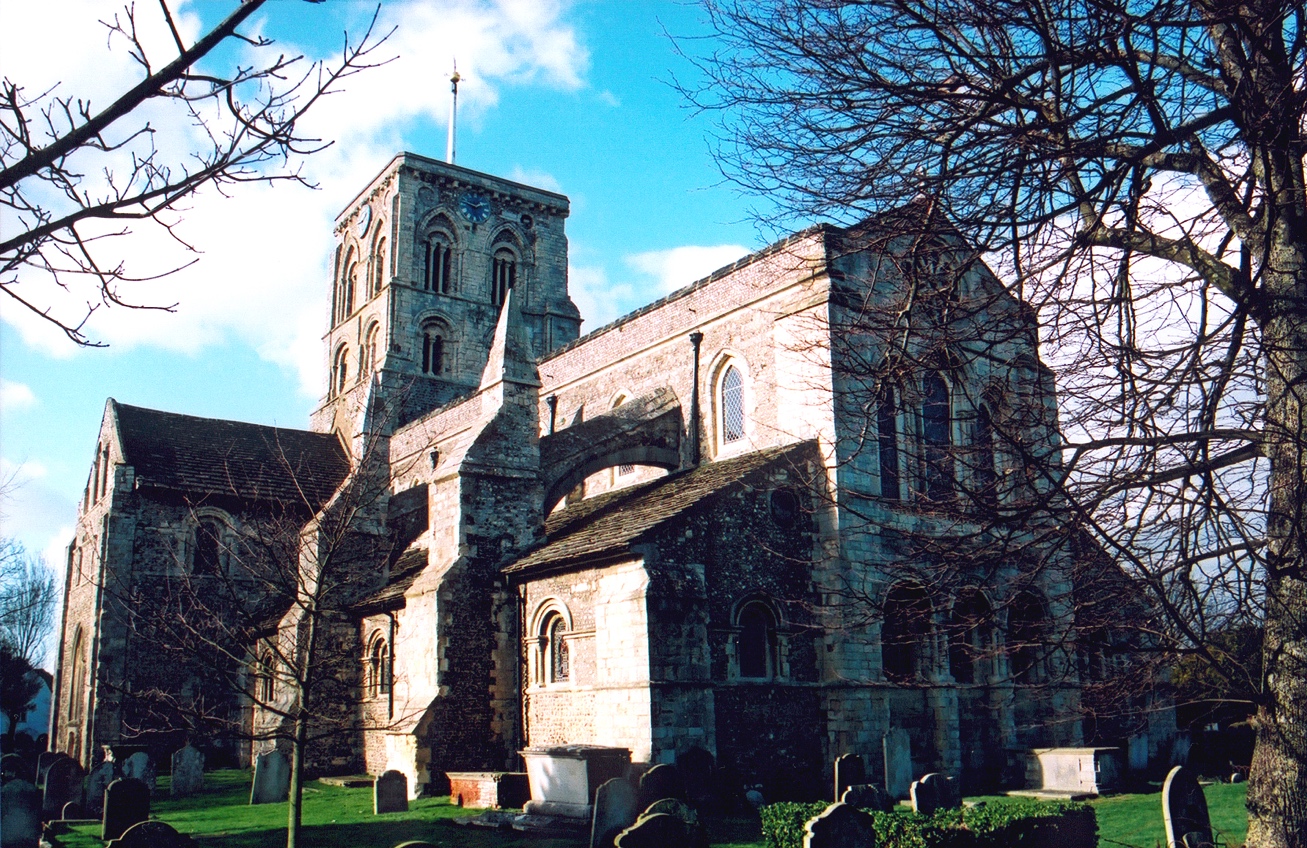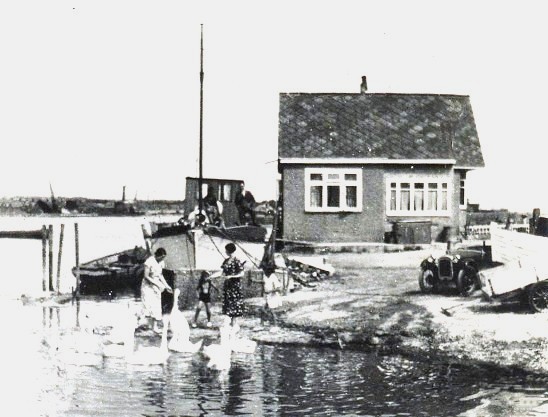Book Number 4 1833
Shoreham 19 December 1833
We the undersigned do agree to a rate of Two Shillings in the Pound.
William S Charman
John Deadman
Overseers
James Fair
Thomas Clayton
J B Balley
William Walker
John Butler
John Grinsted
Miles Adams
James Henton (?)
James Breach
K Partington Vestry Clerk
Sussex to Wit 21st Dec 1833. We two of this Majesty Justices of the Peace acting in and for the County of Sussex/One whereof is the Quaram do allow of this Rate or aportionment
R Lony (?)
J B Daubuz
A Rate or Assizement made for the necessary Relief of the Poor of the Parish of New Shoreham in the County of Sussex and for other purposes according to the several Acts of Parliament made and assessed on the 6 day of March 1834 being the 5th Rate made since Easter 1833 of two shillings in the Pound
James Sains over
Seer
- William TATE House
- George TATE Lath Shop and Stable
Deal Shed
Bonding Pond
3. Revd or Mr PEARCE J Course
4. William CLARK “
5. Frank BRIDGER “
6. George BUCKWELL Bonding Yard
Pond
Slate Yard
Garden
7. Mrs LATCHFORD House
8. John WINGFULD “
9. George PARKER “
Garden
Stable
Cement House
10. Thomas GUILLAME House
11. Francis CHISMAN “
12. Peter LELLIOTT “
13. Mrs FERNELL “
14. James PAGE “
12. Geo MAPLE House
13. Thomas COOTE “
14. John MERRICKS “
15. Thomas COURTNEY “
16. Thos PUTTICK “
17. Henry LELLIOTT
- “
19. Francis HOPKINS “
Chapel Garden
20. Wm CURD House
21. HEDGECOCK “
22. Geo PHILLIPS “
23. Wm AUSTIN “
24. Wm BRAZIER “
25. Nicholas BRADFORD “
26. William LASHMAN “
27. Thomas VINCENT “
28. Charles PAINE “
29. Ben WELLING “
30. Wm MILLER “
31. Thomas GOWER “
32. James JAMES “
33. Geo BUTLER House
Field and Garden
Stable
Ground
34. William PITT House
Stable
Garden Plot
Skeltons Field
Clarkes Gardens
West Fields
Bartons Ct.
34. Mrs HUMPHREY (or PUMPHREY) Hut
35. James WHITE Hut
36. Wm CHANNING “
37. Sean SMART “
38. Nick SMART “
39. Thomas SMART House
40. Richard GODDARD “
41. John WHITE “
42. Henry RATCLIFF “
43. Charles BEST Mill
Fields
House
44. Barrach BLAKER House
Garden
Garden
“
“
Bay Field
45. Rev’d & Mrs STONE House
“
46. Rev’d & Mrs DAVIS “
47. John HIDE House
48. John BARTLEY “
49. John TANNER “
50. Sam CLARK “
51. Rev’d & Mrs BIDDULPS Stable
Tythes
52. Richard GATES House
53. Mrs ROBERTS “
54. I R HAWKINS Stable
55. Miss FREEMAN “
56. Henry BUTLER House
Garden
Shop
57. Isaac BASS Warehouse
58. Mrs BUTLER House
59. Hy PARTINGTON “
60. Wm BLAKE “
Gardens
61. Henry BROOKER House
Shop
62. John MARTIN House
63. Miss LASHMAN “
64. Mrs ALLEVER “
65. Wm YOUNG “
66. R HALL “
Shop
67. Thos COOMBES House
68. J NOTTINGHAM House
69. Wm MUGRIDGE “
70. Wm GODDARD “
71. John PARSONS “
72. Wm TRIBE “
Warehouse
Shop
73. John UPTON House
74. Thomas NYE “
75. Jamie COOPER “
76. Sam LIDBETTER “
Warehouse
House
77. Jacob BEACH “
78. James BEACH “
79. Mrs CHILD “
80. John MARTIN “
Stable
81. John BOYCE House
82. William PLALLS (or PLATTS) House
83 MAYNARD Shop
84. James LEAVEY House
85. EASTOPS “
86. M BROADHEAD “
87. Richd. ENGLISH “
88. E AYLWARD “
89. William DEADMAN “
90. Mrs PENFOLD House
91. Mrs HILL “
92. MEREDITH Beer Shop
Yard
Storehouse
93. John BUTLER JUN House
94. John FOSTER “
“ Mrs STREETER “
95. Miss BANTOCK “
96. John BROWN “
- Quay
98. Henry INNOTT House
99. John BUTLER JUN “
100. Mrs SNOOK “
101. Mrs CARR “
102. Thomas BRANTON “
103. James DEAN “
Shop
104. Mrs WALKER House
105. James TURNER “
106. J H SMITH Vault
107. W I PINKEY House
108. HENy BUTLER “
109. Miss ROBERTS “
110. Robert WEIR “
111. Thomas MORLEY “
112. C DOWLEY “
113. John GLAZEBROOK “
Club Hall field
Sld House
Stable
114. Richard WATERMAN Shop
115. Mrs COOMB House/Garden
116. C NEAL House
117. Thomas CLAYTON House
Stable
Cement House
Quay
Warehouse
“
118. Thomas HILTON House
119. S BATTCOCK “
120. HORNICROFT “
121. Thomas Shop
Garden
House
“
122. C CARR Marlipins
123. John RICHARDSON House
Garden
Lucern plot
124. WALKER House
125. John GATES House & premises
Market pond
Field Builders bonding yard
House
126. Henry ADAMS House
Bridgers field
Stable
127. Miles ADAMS House
Brick House
Shop
128. James BALLEY House
129. Richard WEBB “
130. John GRINSTEAD “
Garden
131. Thomas SINCLAIR House
132. James COURTNEY “
133. John WILLIAMS “
134. Charles MURRELL “
135. Thomas GEERE “
136. HARMSWORTH “
137. James PAIN “
“ Mrs WATSON “ (POOR)
138. Henry FENNELL “
“ Richard WATERMAN House
139. Henry BROOKER “
“ H. EASTLAND “
140. Henry SIMMOND “
141. HOLLANDS & CO Vault
142. John PAGE House
143. William BUTLER “
144. Mrs WELLER “
145. Mrs WILKINSON “
146. B. PATTINSON “
147. Edmond MILAM “
148. Rob BUTLER House
Shops
Malt House
149. Mrs ROGERS or NAGUS House
150. Edward BUTLER “
151. Thos HARVEY Pr of Houses
152. Thomas LELLIOTT House
153. J. SAUNDERS Roberts Croft
7 Acres
154. Thomas PACKER House
155. Wm HARDING “
“ John PHILLIPS “ (POOR)
156. J WILLETT House
157. W. LANDER “
158. Richard RATCLIFF House
Garden
Bridgers Field
Coal Pen
Monk house Garden
Engine House
Field
159. R C BRIDGER 3 Houses
160. E. BENNETT House
161. John PULLICK “
Shop
162. G. H. HOOPER House
Garden
Bonding Vault
Quay
Stables (Barn/Barlow?)
163. Thomas RUPSELL House
164. Mrs BROWN “
165. John ROGERS “
166. Wm COOPER “
167. John DEADMAN “
168. Geo HAMILTON “
Stable
169. William CABETT House
170. James DEADMAN “
171. Joseph DINNAGE “
172. Richard BURTON House
Stable & Cow Shed
Shed
Granary
Stows Field
173. Miss BRADLEY House
Old Customs
Strawberry Fields
Vault
Claytons Warehouse
Shed
174. John EDWARDS House
175. I. H. KNIGHTS “
Stable
176. James HINTON House & Garden
177. J. P. EDWARDS House
178. John BOYCE JUN “
“
179. Cap Edwd TATE “
180. Thos PENTON Yard
181. James LANDEN House
“
Slaughterhouse
182. Nath HILLMAN House
Coal Yard
183. John FORD House
Salterns
Stable
Pelham
184. Wm ALLEVER House
185. J. B. BAILEY House
Rope Tackle
Ship Yards
Smiths Shop
Mould Loft
Dock
Saw House
Brick Yard
2 Saw Houses
Sheds & Warehouse
Quay
186. James PAINE House
Shop
187. Richard WELLING House
188. H. STEVENS “
189. Edward BENNETT “
190. Mary PARSONS “
191. James SAINES “
192. Gideon BENNETT House
Stable
193. Thomas LONGHURST House
194. William ALLEN “
195. Edward TATE “
196. W. HAYLER “
197. John RATCLIFF House
Rope Walk Field
Stable
Salterns
198. William YOUNG House
199. John DENNETT “
200. John PARSONS “
201. James READ “
202. Richard HUNTER “
203. H. J. EDWARDS “
204. Geo CURD “
205. Wm DYER JUN “
206. J R ELLIS “
207. Wm DYER SEN “
208. Francis DENYER “
209. Mrs or Wm YOUNG “
210. Dan MOULDS “
211. John CONNOL “
212. Francis COALMAN “
“ I. HOLLINGHAM “ (POOR)
213. David GRIFFITH “
214. Richard ORAM “
215. M. ELPHICK “
216. Thos KING 2 Houses
217. W. KINGFIELD House
218. Wm WEAVELL “
219. Richard WELLING “
220. Stephen CLARK “
221. Thos DUMBRELL “
222. Henry WEST House
223. Richard COOMBES “
Garden
224. Matthew HULL House
225. Richard ALDRED “
226. John GATES House
Warehouse
Yard
New House
A New Out Building
House
227. William PENTON House
Saw House
228. Dr GRAVES House
“ Mrs PAGE “ (POOR)
229. Wm BLAKER House
230. Henry ATTRELL “
231. Joseph TOWS “
232. John CHISMAN “
233. Wm SIMMONS “
Stable
234. Thomas TIDY JUN House
235. Thos CARVER SEN “
236. E. COSHAM “
237. Joseph TILLSTONE Sen House
Stable
238. Joseph TILLSTONE Jun Rope walk
Warehouse
239. Francis SKELTON House
240. Wm OLIVER “
241. Wm WALKER “
Alms House Garden
242. Henry MOCKETT House
Hawkins Field
Charts “
“ Mrs WATERMAN House (POOR)
243. Thomas MOCKETT Wheeler’s Shop
Blacksmiths
Yard & Sheds
244. William PRATT House
245. Geo MILAM Saw House
Garden
Hawkins Field
246. Charles CLASBY House
247. A. RISDY “
248. George PESKETT “
Beer Shop
249. His Grace the Duke of Norfolk Norfolk Bridge
250. Geo TREW House
Beer House
Stable/Cart House
251. John CARTER House
252. James CARTER Yard
Stable
House
253. Thomas WOOLVEN House
254. Joseph RAWLINGS Shop
255. Daniel YOUNG House
256. Edward BUTLER “
257. Charles SAWYER “
258. W RATCLIFF Sen “
Shop
Hoopers Fields
259. W. RATCLIFF Jun House
260. Thomas CARVER Jun House
261. Thomas MILAM “
262. John BLAIR “
263. F FISHER “
264. Ben WELLING “
265. Thomas TIDEY Sen “
Mill Pond Field
Rope Tackle Field
266. William WYMAN House
267. Simon WHITEFIELD House
Shop
268. Thomas GREENWOOD House
269. Jonas BREACH “
Shop
270. John STOW House
Shop
271. Mrs GILES House
272. P. PEAKE House
273. Thomas GUILE “
274. Peter MUIR “
275. William RATCLIFF “
“ Mrs HILLYER “ (POOR)
“ Richard WELLING “ (EMPTY)
“ Stephen CLARK “ (EMPTY)
276. James BUTLER “
277. Luke LOCK “
Stable
278. John BLUNDEN House
279. George OVERY “
280. Dan HOLLIS “
281. Clara WILKINSON “
Yard
Yard
Yard
Pond
Warehouse
282. J. WILLENS Hut
283. E. BUSHBY Hut
“ Mrs LASHMAR Hut (POOR)
“ Mrs PUTTICK House (POOR)
284. Henry HODGES “
285. John RATCLIFF Barret Gardens
Rodney “
286. William HARKER Shop
287. William SCOTT House
288. The Treasurer Tolls or Dues
Collector or Clerk to the collected from the Harbour
Commissioners of New Shoreham
289. J. P. EDWARDS Collector of Customs Custom House
Transcribed in 2003 by Brenda Bateman from the 1833 New Shoreham Parish Poor Rate records held at the West Sussex Records Office, Chichester
